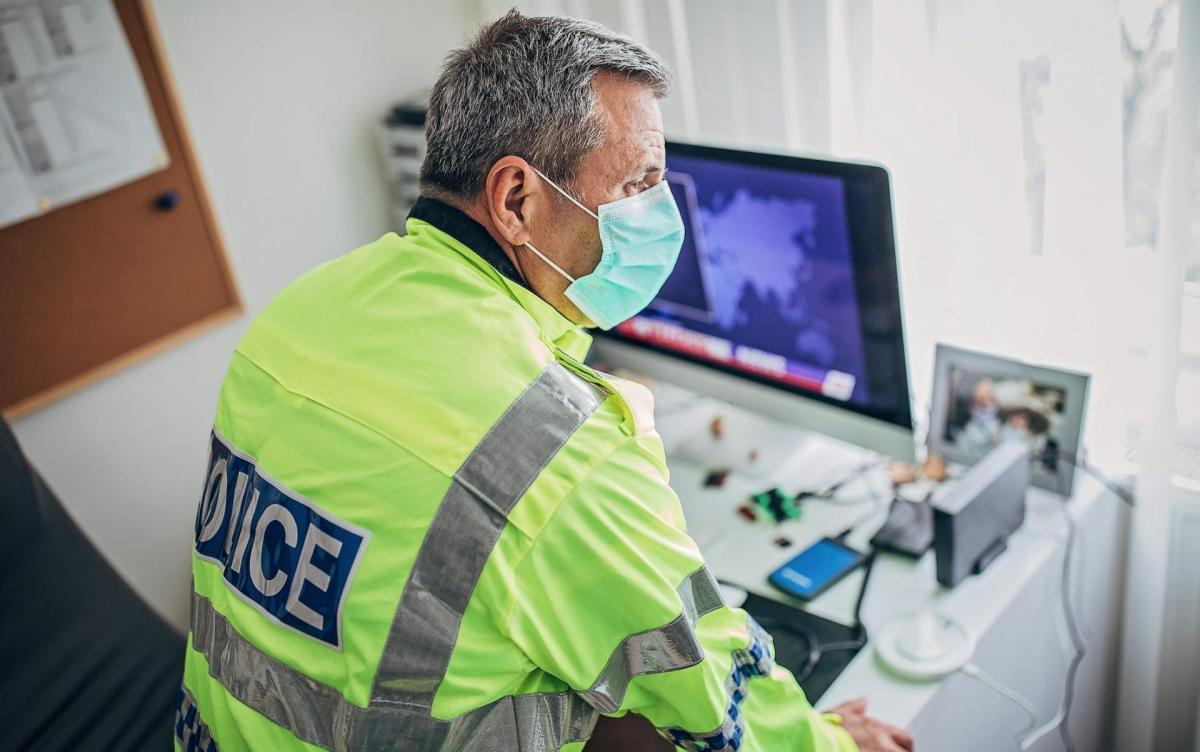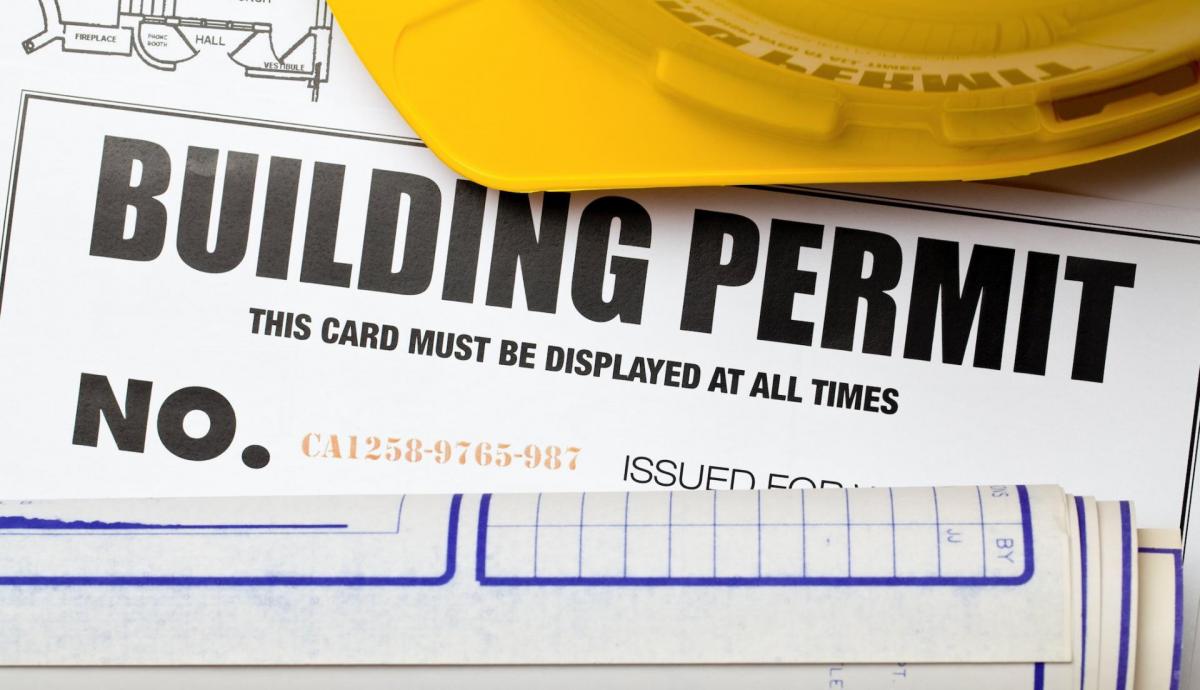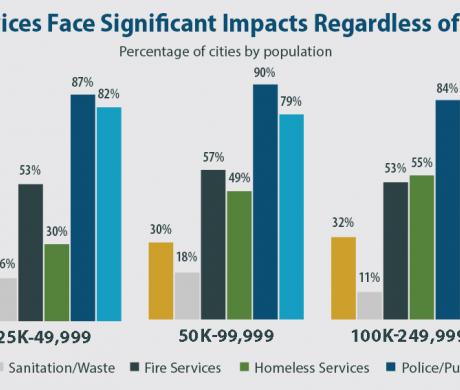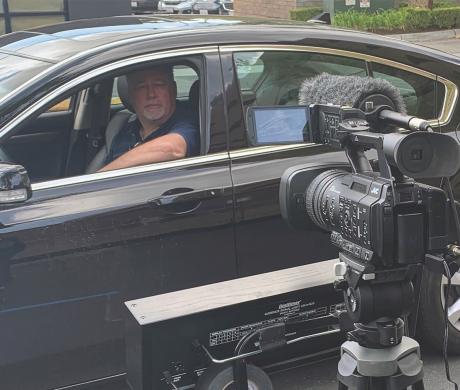Code Enforcement During a Pandemic: Lessons Learned
Since March 19, 2020, local agencies throughout California have been scrambling to adapt to evolving restrictions; meet the needs of their residents, staff, and businesses; and keep city operations afloat — often with decimated budgets and without face-to-face interactions.
The coronavirus pandemic has presented our society, especially local government, with unprecedented and ever-evolving challenges. As local leaders, you have been on the front lines — required to adapt operations not only to keep your cities running, but also to keep your residents informed and safe and your cities up to code. And while we’re all focused on weathering the current storm, local leaders must be forward-thinking in anticipating the next pandemic event.
The COVID-19 crisis won’t be the last of its kind. The threshold for what is considered a pandemic will be forever altered by what we’re experiencing, and citizens will not be as forgiving about local government missteps next time. While we’re still in the midst of the pandemic, it’s our job to share knowledge, perfect our response, and learn from our experiences, successes, and mistakes so that when the next crisis hits, we’re able to act swiftly, decisively, and in a manner that preserves our community ways of life as best we can.
Code Enforcement Varies Significantly Among Agencies
One area of particular interest to me related to overall management of the pandemic is the utilization of code enforcement resources. I’ve had the privilege of working with numerous agencies statewide for years, particularly related to matters of nuisance abatement, code enforcement, and public safety. One recurring theme throughout jurisdictions is how code enforcement is essentially used as a catch-all branch for cities and counties, even though its management may vary greatly from agency to agency. In some agencies, code enforcement staff are sworn officers, but in others, they are not. Some fall under the supervision of the Police Department, community development, planning, building, public works, or other departments. Accordingly, code enforcement job descriptions and duties can vary from city to city. Many jurisdictions have employed code enforcement personnel in unique ways to protect the public and advance their pandemic protocols, and others have ignored their code enforcement resources when responding to the pandemic.
In cities like Duarte, staff has taken on additional enforcement duties, making sure businesses adhere to the governor’s orders to close non-essential businesses and practice physical distancing. This work has required persistent educational outreach and collaboration with organizations and agencies like the local chamber of commerce and county Sheriff’s Department.
Even in cities where code enforcement has not been asked to take direct action to enforce state orders, the roles and responsibilities of its staff have been and will continue to be affected, likely for good. For example, cities like Sacramento have had to adapt their entire operations to comply with safety regulations and keep their staff healthy while still providing essential services. These cities are changing the way code enforcement is practiced altogether, from migrating their permitting and registration processes to online portals to utilizing technology like drones to conduct virtual inspections, and even clearing reported violations by having residents send a photo of the remedied violation to the department (with a 70 percent compliance rate).
In addition, other cities are having to address code violations on a case-by-case basis to account for the extenuating circumstances that COVID-19 has introduced. For example, in Sacramento, staff has been helping front-line workers who are occupying recreational vehicles in residential areas. Under normal circumstances, this is a code violation. However, when staff realized that many front-line workers were sleeping in their RVs or campers outside their homes to avoid bringing the virus inside to their families, they chose to make exceptions for those special circumstances.
Now Is the Time to Communicate With Your Residents
Many agencies are also receiving an increased number of complaints, due in large part to more people being home, walking their neighborhoods, and having more time to notice details about their city. While this can be overwhelming to a department that is already stretched thin, these complaints mean you have an audience that is paying attention. Now is a prime time to communicate with your residents and educate them — they are already engaged and more likely to hear your message. Whether that message is conveyed through social media, email notifications, mailers, or other means depends on the agency, but by all means reach out.
Given the shifting nature of the state and federal directives, cities have been forced to figure out a response largely on their own, without the benefit of the prior experience of other jurisdictions from which to learn. But now is exactly the time to start seeking guidance and sharing knowledge, experiences, successes, and failures.
Answers Will Not Be “One Size Fits All”
As these conversations begin, there will not be a simple to-do list that comes out of them to fit agencies of all sizes, all demographics, and all types of pandemics. Our municipal agencies and their approaches to code enforcement are too varied and complex. The City of Duarte (pop. 21,673) will likely have had a different experience than a city like Sacramento (pop. 510,931). But that does not mean their solutions or challenges will not translate; some won’t, but others may.
For example, agencies of all sizes are offering online permit processes and conducting virtual inspections, which are likely here to stay. So how can we make that process as streamlined and easy to use as possible? For residents and businesses to take advantage of online services, they need a smartphone or computer and a reliable internet connection; how are agencies ensuring that people have access to this technology? From a logistical standpoint, will your city stock up on items like hand sanitizer, personal protective equipment, toilet paper, and bottled water in preparation for another pandemic event? These questions will be relevant for cities of every size.
Local leadership’s approach to these issues will have a tremendous impact on how effectively code enforcement can be leveraged now and during any future pandemics. Some municipal leaders have been extremely deliberate and focused in their direction to staff, while others have taken a much more hands-off approach and let staff get creative. No approach is inherently right or wrong, but different approaches may produce better or worse results in other communities. It is important to reflect now on how different approaches succeeded or failed — and to look toward protocols from other jurisdictions to identify which responses may have produced better and more timely results.
Do you believe your jurisdiction’s directions to staff gave them enough to work with in response to the demands of the pandemic and state mandates? Was your city able to effectively leverage and employ its code enforcement resources? In your jurisdiction, what will be the best role for code enforcement during the next pandemic? Which types of training and resources does code enforcement need to be successful during the next pandemic? What will be code enforcement’s role as we emerge from the pandemic into a recession and a brave new world? How will your city effectively fight the inherent blight and proliferation of nuisances associated with recession and social discord?
Now, while these questions are fresh and relevant, is the time to talk through these major issues — to brainstorm, listen, learn, and prepare. By having these conversations now, we can reexamine our resources, take cues from one another, and maximize our response effectiveness to steer California’s cities and protect the public now and in the future. Because it is not a matter of if another pandemic will strike, but when.
Interested in Learning More?
This topic will be the subject of a session titled “Code Enforcement During a Pandemic: Lessons Learned” at the League of California Cities 2020 Annual Conference & Expo, Oct. 7–9. Register today to benefit from the insights of a panel of city officials, who will discuss their experiences and offer ideas you can put to work in your city. See page 8 for more conference details; to register, visit www.cacities.org/events.
Related Resources
Register Now for the Reimagined 2020 Annual Conference & Expo Oct. 7—9
Disasters in California: A Brief Overview of Preparedness, Proclamations and Assistance
We Can Outsmart Disaster: Why Local Governments Should Get Involved






